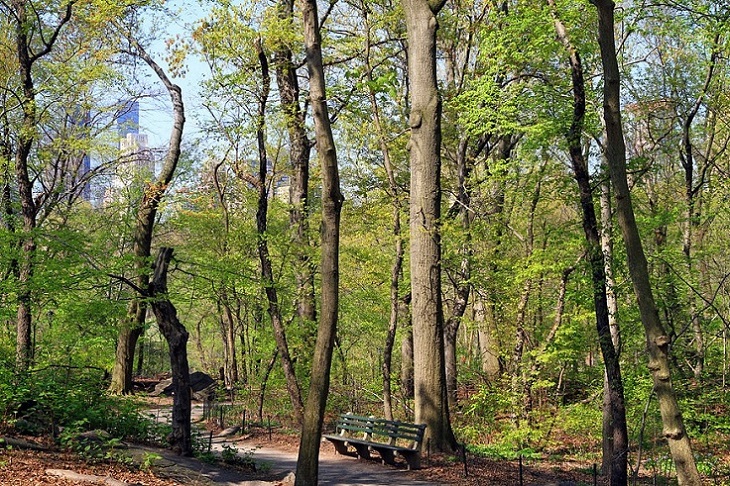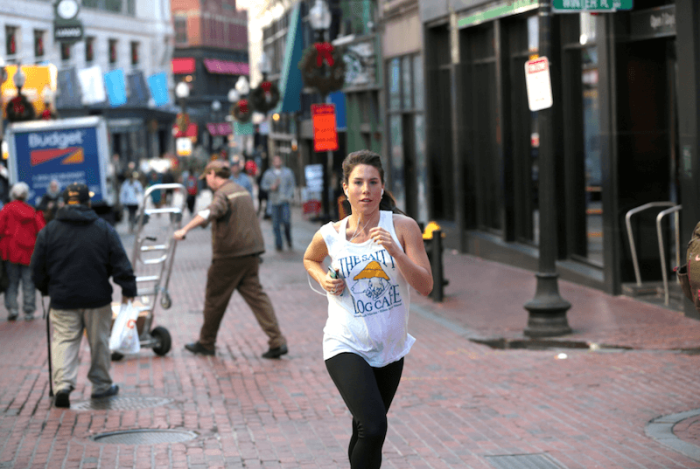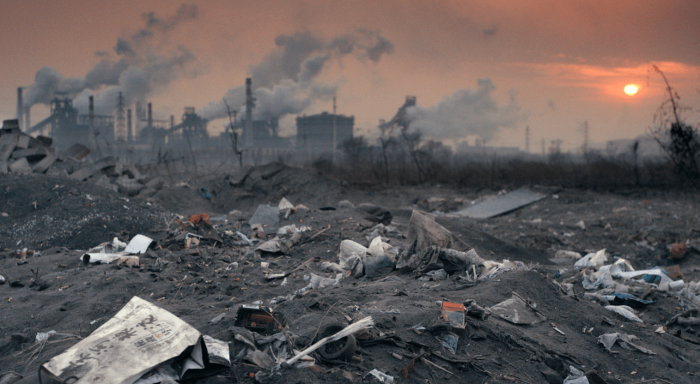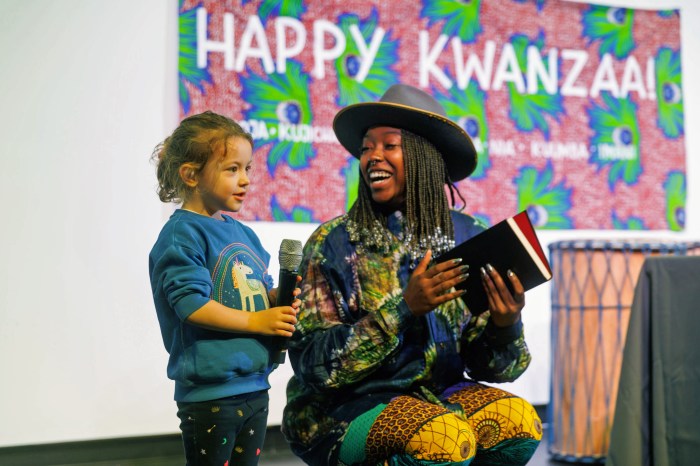We know that climate change will affect New York City’s waterfronts, but there’s another ecological feature also at risk: the city’s forests.
NYC Parks and the nonprofit Natural Areas Conservancy announced on Monday the creation of a 25-year plan to keep New York City’s forests healthy in the face of climate change.
Forests make up a quarter of the city’s parkland, according to the parks department, and are currently in “surprisingly” good condition. Healthy native trees make up 85 percent of the city’s forests, but they’re still at risk, experts say, of threats like invasive plants, dumping, unauthorized trails and increased heat and droughts due to climate change.
“New York City’s forests are healthier and more diverse than most people ever imagined – but we cannot take their current condition for granted,” said Sarah Charlop-Powers, executive director the Natural Areas Conservancy, in a statement. The 25-year plan, she added, will “ensure that we provide high quality access to nature to the next generation of New Yorkers.”
Called the “Forest Management Framework for New York City,” the plan treats the city’s forests as “a critical piece of infrastructure” in need of public investment. Natural Areas Conservancy scientists spent six years collecting and analysing data for this plan — the largest study of its kind in the country, according to the organization.
There are currently 43 types of forests in the city, according to the report, but the next generation of city trees are less healthy than before, threatening this land.
To protect this infrastructure, the plan says that $385 million is needed over the next 25 years to restore the diversity of the forests, to ensure enough management of the forests and to protect trees from the effects of climate change.
“Urban greenery – our city’s most valuable environmental asset – provides clean air, helps mitigate climate change and contributes to the well-being of residents as well as the city’s economy,” said Marcia Bystryn, president of the New York League of Conservation Voters, in a statement.
“Investing now in a long-term forest management framework will ensure that future generations of New Yorkers can reap these benefits,” she added. “This much-needed framework will provide a path to a greener, healthier urban forest in New York City.”
The Natural Areas Conservancy has also created a tool to make sure that “climate-adapted tree species” are used in all future NYC Park restoration work. That effort is in partnership with the Wildlife Conservation Society through a Climate Adaptation Fund grant.
























